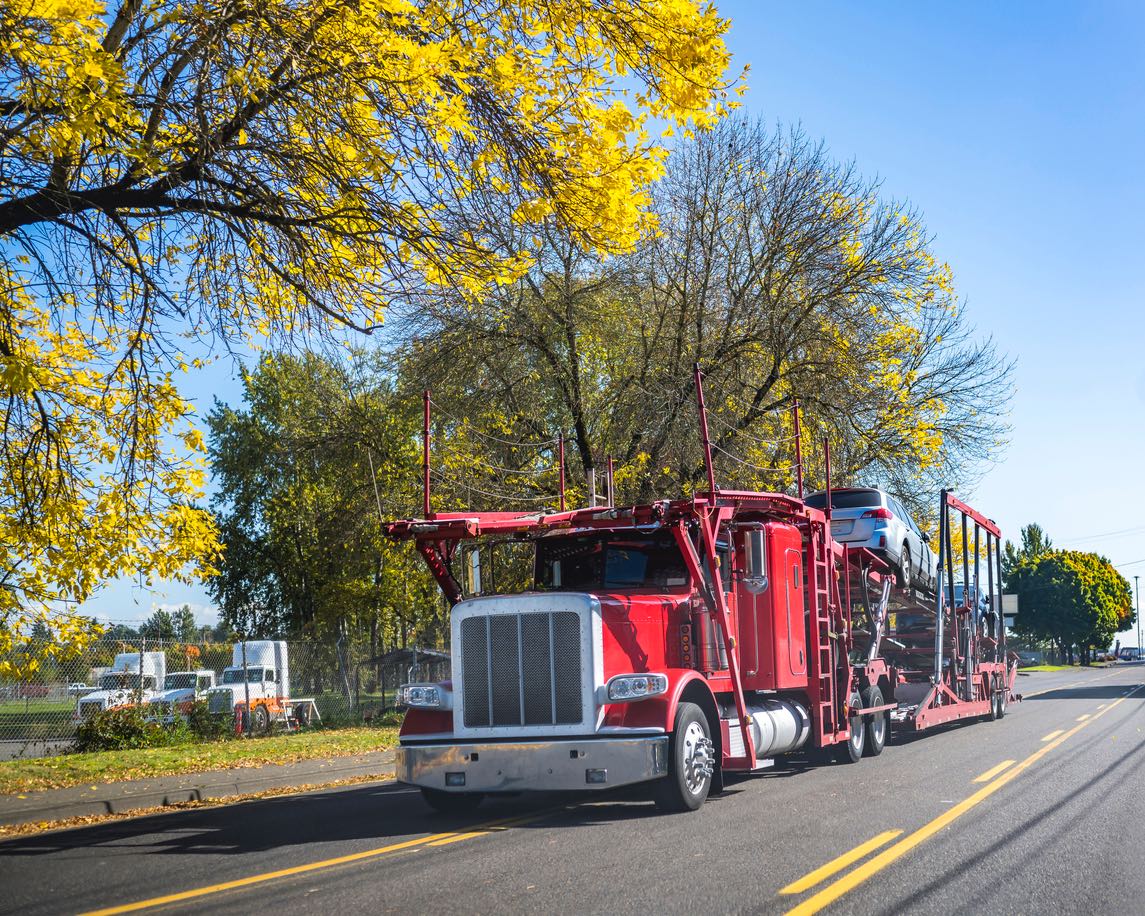Starting the process of moving a car across an American state can frequently resemble negotiating an endless list of options and factors to take into account. This process is complicated and full of unknowns for many car owners. It’s normal to have concerns about the safest way to transport a vehicle, the price, and the vehicle’s safety while in route. You must comprehend the complexities of interstate vehicle transport whether you’re moving for a new job, relocating to a different state, or buying a dream car from across the nation. The purpose of this guide is to simplify the process so that you can move forward with confidence.
We explore the many aspects of interstate vehicle transportation in this comprehensive guide. Selecting a transport service is not the only step in this process. It all comes down to making well-informed choices that fit your timeline, budget, and unique requirements. We’ll go over various modes of transportation, what to look for in a service provider, and how to get your car ready for the journey. Our goal is to give you the expertise and confidence you need to successfully complete this process. Transporting your car across state lines can be easy if you prepare ahead of time and have the necessary knowledge. Keep an eye out as we walk you through every step to make the best choice possible for your car’s interstate travel.
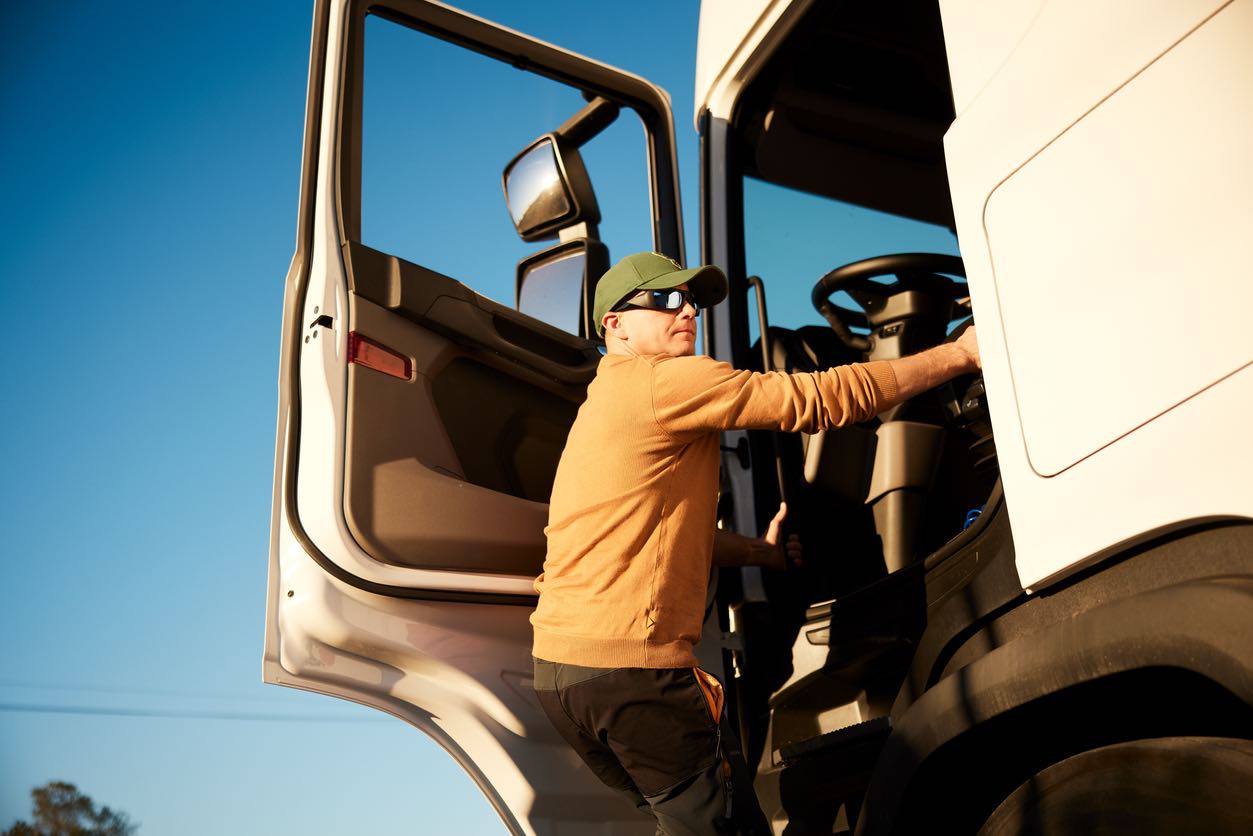
Open Carrier vs. Enclosed Transport
Choosing between enclosed and open carrier transport methods is a crucial decision when moving a car from one state to another. It is commonly acknowledged that open carrier transport is the most common and cost-effective option. Using this kind of method, the car is secured to a large, open truck trailer. The appeal of open carriers stems from their more accessibility and lower cost, despite the fact that they expose the vehicle to inclement weather and road debris. The open design makes it possible to transport multiple vehicles at once, which lowers individual transport costs and boosts shipping route frequency. This makes it an affordable and practical choice for owners of standard vehicles.
Enclosed transportation, on the other hand, provides a higher degree of security by protecting cars from the uncertainties of open-road driving. Because enclosed carriers have a limited capacity and offer additional protection, this option is usually more expensive. Enclosed transport is perfect for delivering expensive, exotic, luxury, or classic cars because it protects your valuable vehicle from the elements and potential risks associated with transportation. This approach ensures that vehicles that are genuinely significant as well as financially valuable get to their destination in perfect condition, which is especially helpful for such vehicles. Enclosed transport is a great choice for individuals looking to protect their investment during long-distance moves because of the increased security and peace of mind it offers, despite the higher cost.

Understanding the Pricing Landscape
The cost of vehicle transportation is frequently the first concern when making plans to move a vehicle across state lines. It is essential to comprehend the factors influencing the cost. The distance your car will travel, its size and type, the shipping method you choose, and the season are all important considerations. For example, the cost of a cross-country car shipping is generally higher than that of a shorter state-to-state move because of higher labor and fuel expenses. The kind of vehicle also matters a lot; because of their greater weight and the amount of space they take up on a carrier, larger vehicles like trucks and SUVs usually cost more to transport than smaller sedans.
Examining Cost Differences in More Detail
Car shipping within the US can cost anywhere from $500 to $1,500 on average. But for longer trips, like transportation from coast to coast, this average rises to a range of $1,000 to $2,000. It’s crucial to remember that these are only estimates and that actual expenses will vary. The decision between enclosed and open transportation affects cost as well; enclosed transportation is typically more expensive because of the additional protection it provides from weather and road debris. Additionally, because of increased demand, shipping during busy times like the summer or right before major holidays may result in higher prices. It’s best to plan ahead and be flexible with your shipping dates in order to get the best rates. Always ask for comprehensive quotes from several auto transport providers so you can compare and choose the most dependable and affordable choice for your needs. But don’t forget to get a signed car shipping contract only from one car shipping broker to avoid a bidding war.

Researching and Comparing Options
Selecting the best auto transport provider is essential to guaranteeing a seamless and stress-free vehicle shipping process. It is advisable to get quotes from several service providers before starting this journey. This allows you to assess the range of services provided by various businesses in addition to providing you with a clear picture of the going market rates. Aside from price, you should carefully consider aspects like the company’s history, the scope of services they offer, and their adaptability to your unique requirements. Customer satisfaction and service quality can be accurately assessed by consulting reviews and testimonials that are readily available on the websites of the companies or through third-party review platforms.
Using the strength of online communities is another useful tactic in the digital age. Participating in conversations on social media groups, transportation forums, and Reddit can yield insights based on the experiences of actual customers. Additionally, you should never undervalue the importance of personal recommendations. Friends, family, or colleagues who have experience with interstate vehicle transport can recommend reliable companies. They can also offer helpful advice. They can provide a more nuanced picture of what to expect by sharing their experiences with regard to the level of responsiveness of customer service, the care taken during transportation, and the overall reliability of the service. You can make an informed choice that fits your needs and budget by combining personal recommendations with online research.
Keep in mind that the objective is to strike a balance between cost and high-quality service. Although an exceptionally low quote might be alluring, it might sacrifice service quality, include unstated costs, or raise the price when they find a carrier. On the other hand, the best service isn’t always guaranteed by the priciest option. Finding a business that provides trustworthy and efficient service at a reasonable cost will help to ensure your car arrives at its destination in a timely and safe manner. This meticulous selection process is about more than just getting your car to its destination; it’s about giving you piece of mind that your car is in good and reliable hands.

Ensuring Safety and Compliance Before Pickup
It’s important to take a few precautions before your car travels across state lines to guarantee both safety and compliance with transport laws. First, fill up your gas tank to approximately 1/4 full. This is a safety precaution because, while an empty tank may make it impossible for your car to be driven for short distances while loading and unloading, a full tank adds extra weight and possible danger. Take everything personal out of your car as well. Things left inside may move while being transported, possibly causing harm to your car’s windows or interior. Decluttering your car is also a smart idea if you want to guard against theft or losing valuables.
Inspecting and Documenting Your Vehicle’s Condition
Before giving your car to the transporter, make sure it has been thoroughly inspected. Examine the vehicle for any prior damage and take time-stamped pictures to prove it. This is an important step because it provides evidence in the event that you need to file a claim with the car carrier company, and it also helps you find any new damage that may occur during transit. Focus especially on the bodywork, mirrors, and windshield. Finally, fastening seatbelts for every passenger is a minor yet crucial measure to stop them from swinging and possibly inflicting harm while being transported. This thorough planning improves your vehicle’s overall safety and security during its interstate travel, ensuring peace of mind and laying the groundwork for a seamless transport process.
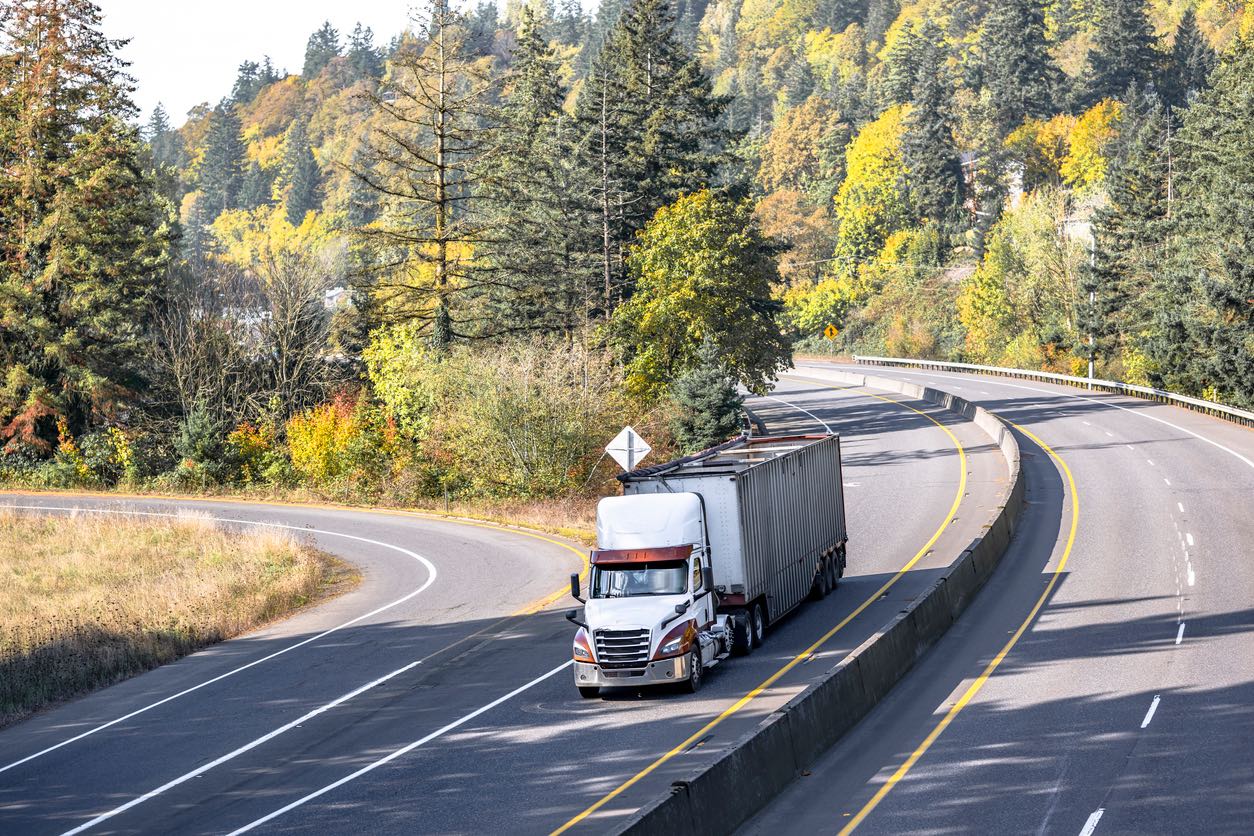
Inspection and Documentation
Having the shipping agreement is the first document that you ought to already have in your possession. The car shipping company should have already supplied you with a vehicle shipping agreement, which you should have signed. You represent that you have read and agree to the conditions of transportation by signing this document.
The pickup day is an important step in the interstate vehicle transport procedure, and a successful outcome depends on your active involvement. You or a designated representative must be present to meet the driver of the transport company on this particular day. An extensive vehicle inspection is the main task at hand, and its significance cannot be emphasized. This inspection entails a comprehensive assessment of your car’s present state, not just a quick look. Every blemish, scrape, and dent needs to be recorded here. This thorough documentation is essential because it provides a baseline against which any new damages that may arise during transit can be identified.
After the inspection is finished, handling legal paperwork, especially the bill of lading, is an essential next step. This document contains a detailed description of your vehicle and is more than just a receipt. By signing this paperwork, you attest to the pickup and drop of locations and formally document the condition of your car at the time of pickup. Note that the bill of lading is the foundation for your legal protection in the event that a dispute arises, so it is imperative that you read and comprehend it. Make sure that all of the information you have recorded corresponds with your understanding and observations by paying close attention to the details. This degree of attention to detail not only protects your car but also gives you peace of mind when your car travels to its new state.
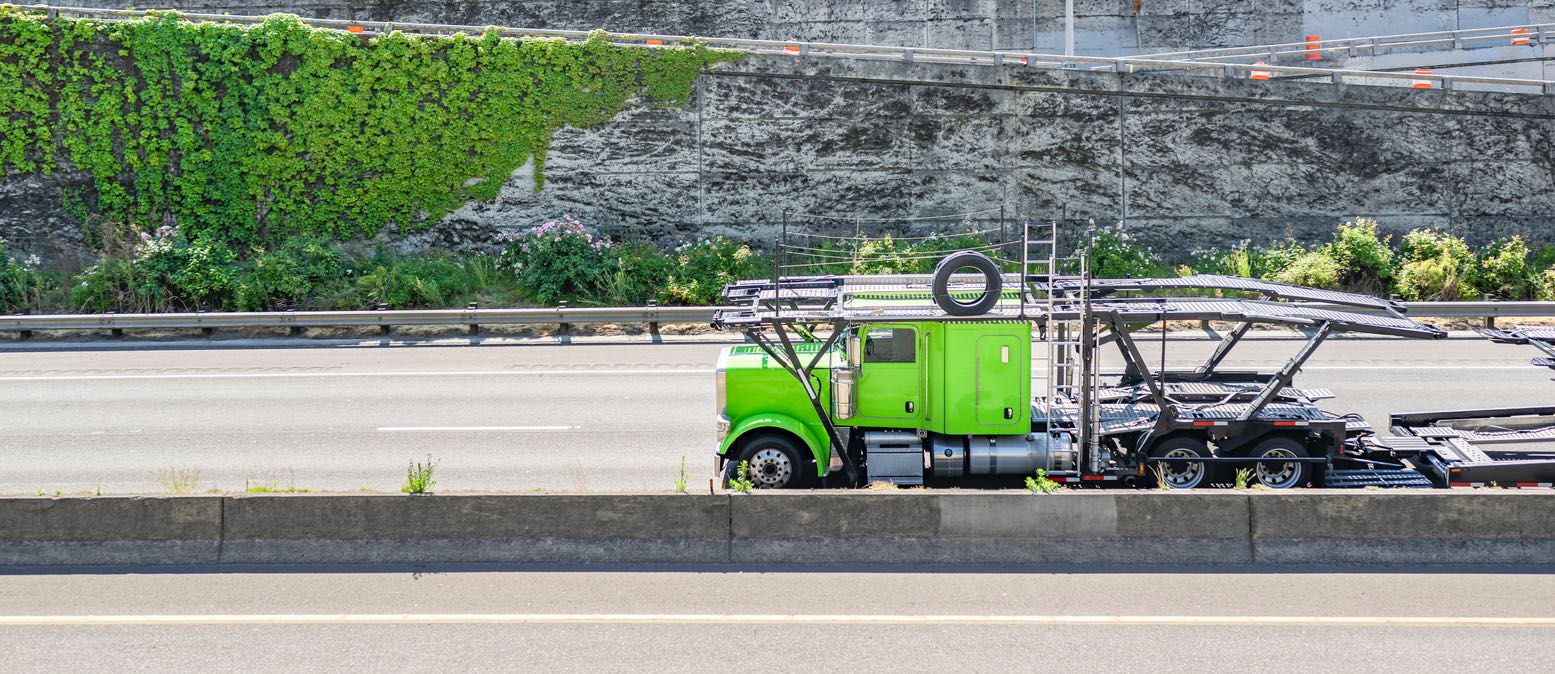
Staying Informed During Transit
There may be a mixture of exhilaration and nervousness while you wait for your car to arrive at its destination. It’s important to realize that unanticipated events like bad weather, excessive traffic, or unplanned road accidents might cause shipment schedules to fluctuate. Most vehicle transport companies provide tracking options to alleviate any worries. These can be anything from calling you with status updates, being available for status updates via email or phone, regular updates on their website to real-time GPS monitoring via an easy-to-use app. This function not only provides peace of mind, but it also updates you on the status of your car’s travel. These monitoring solutions enable you to be updated about your vehicle’s travel, making the waiting period more enjoyable in this era of knowledge being power.
Communication is Key
Effective communication becomes crucial in the event of major delays, which are typical in long-distance transportation. Reputable vehicle shipping firms frequently proactively contact their clients with updates because they recognize how important it is to keep them informed. You should, however, feel free to get in touch with the transport business as a client if you need any updates or explanations. Transparency is ensured, and expectations are managed, with this open channel of communication. In addition, in the event that delays surpass the projected duration, do not hesitate to address possible reimbursements or alternative arrangements (as stated in your signed shipping agreement). A customer-focused and attentive transport company will make every effort to resolve your issues and offer suitable solutions, improving your interstate auto shipping experience in the process.
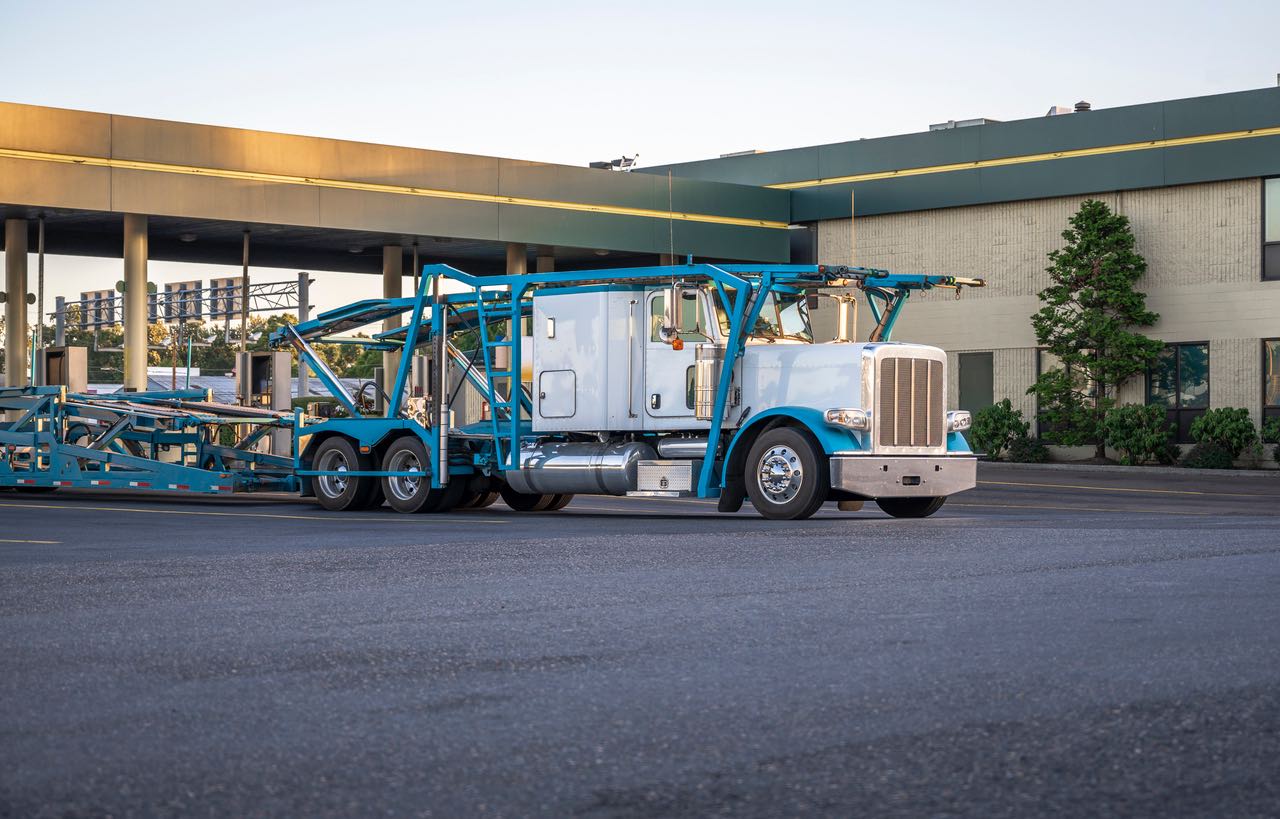
Final Inspection and Payment
The first thing to do when your car arrives is a comprehensive final check. This is an important stage in the delivery process where you should carefully inspect the vehicle for any further damage that could have happened in transit. Examine it for any dents, scratches, or wear indicators that weren’t there when it was shipped. At this point, you should take close-up pictures for your records. It is advised to have a quick test drive once the outside has been inspected to make sure there are no new mechanical problems. This stage is especially crucial for finding any issues that might not be apparent right away but might still have an impact on how well the car runs.
The last step of the entire process is making the payment after the inspection. Usually, the driver receives payment for the outstanding amount directly from you via certified funds. Although there are other ways to pay, cash or cashier’s checks are preferred by many vehicle transport companies. Confirming the payment method in advance is a smart practice. You will be required to sign the bill of lading a second time following payment. This paperwork acts as a record of the vehicle’s state upon delivery in addition to signifying the transaction’s completion. For the purpose of any future claims or disputes, it is imperative that all information be correctly recorded on this form.
With this meticulous shipping and post-delivery procedure, you can be sure that your car will arrive safely and in the condition you intended. These procedures will enable you to ship your car from one state to another with confidence, knowing that every detail of the trip has been carefully planned and recorded. Keep in mind that a flawless delivery experience plays a major role in your overall happiness with the vehicle shipping service you have selected.

Concluding Thoughts on Seamless Vehicle Transport
It takes careful planning and a thorough grasp of the logistics needed to move a car from one state to another successfully. A seamless and stress-free experience is ensured by every step of the process, from choosing the best mode of transportation to making sure your car is ready and is driven securely the entire way. With the information in this text, you should be able to handle interstate automobile transportation with greater ease and transparency. Being knowledgeable allows you to choose the options that will best meet your unique transportation requirements, ensuring your car gets where it’s going quickly and safely.
Ship A Car, Inc. Offers Comprehensive Vehicle Shipping Services
Top-tier auto shipping company Ship A Car, Inc. (SAC) is the best option for a dependable partner for this voyage. SAC has made a name for itself in the industry by providing comprehensive door-to-door services across the continental United States, including Alaska and Hawaii. In addition to their dedication to provide a comprehensive range of vehicle shipping services, including freight, vehicles, trucks, and heavy haul equipment they also prioritize client satisfaction and safety. Their extensive service options, which address a variety of transportation needs—whether it’s a family automobile, a luxury vehicle, or big freight—evidence this commitment. SAC has more than ten years of expertise and an A+ rating from the Better Business Bureau, demonstrating its ability to manage transportation-related issues with care and professionally.
Why You Should Choose Ship A Car, Inc. for Your Transportation Needs
Selecting Ship A Car, Inc. for your car transportation means putting your asset in the hands of a business that prioritizes dependability, security, and satisfied customers. Selecting SAC means picking a partner who will provide peace of mind during the transportation process, not merely a transport service. Call Ship A Car, Inc. at (866) 821-4555 for a smooth, safe, and satisfying automobile shipping experience. Obtain your free, no-obligation car shipping quotation right now to start your journey toward hassle-free state-to-state auto shipping.
Q: Are there restrictions on vehicle types for interstate transport?
A: Depending on the state, there may be limitations placed on the dimensions and weight of the vehicle that is being transported. It is essential to examine the legislation of the state before making transportation arrangements.
Q: How long does it typically take to transport a vehicle between states?
A: Due to factors such as distance and route, the period might range anywhere from one day to fourteen days.
*All data found in this article is accurate at time of publication
